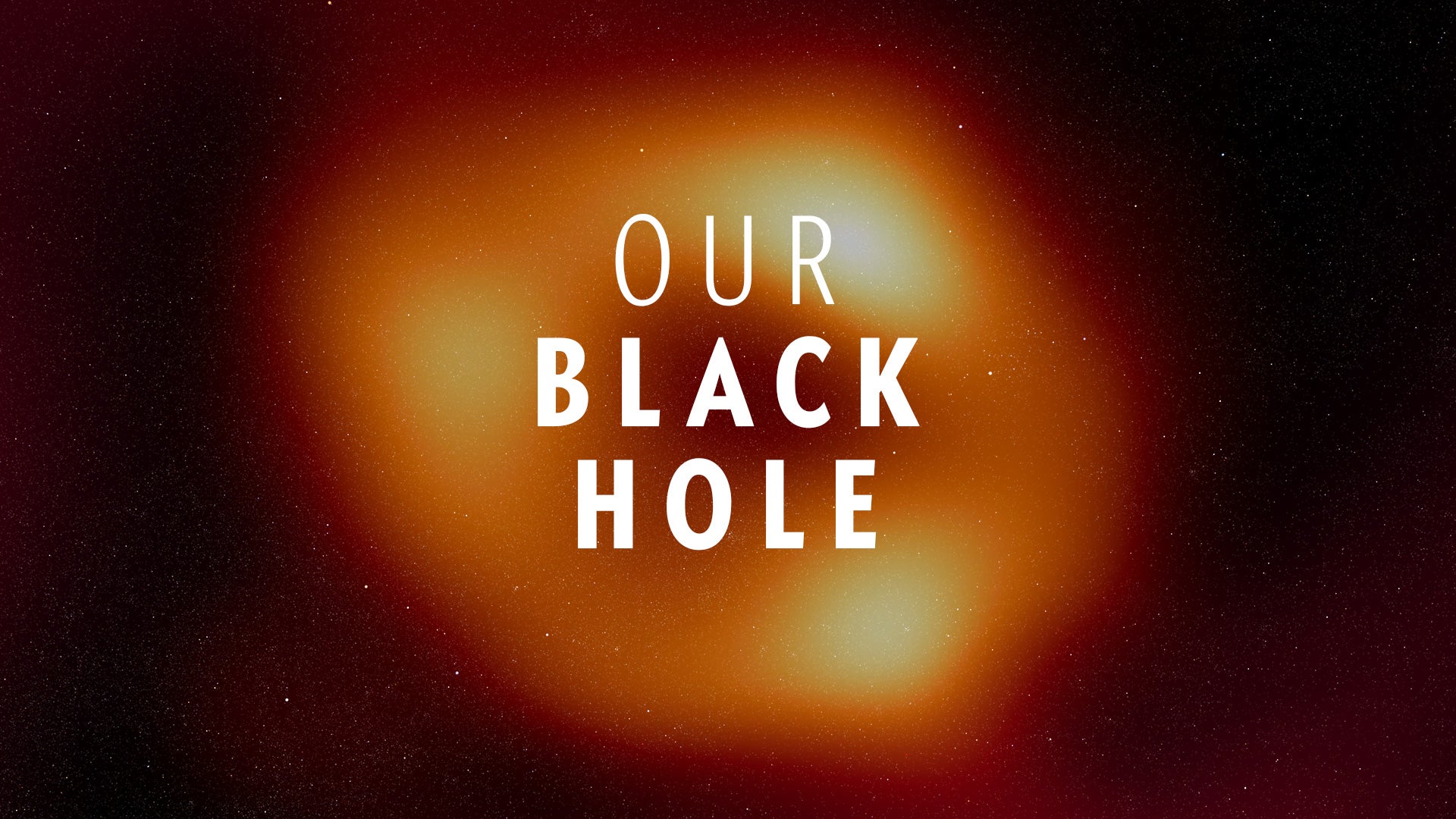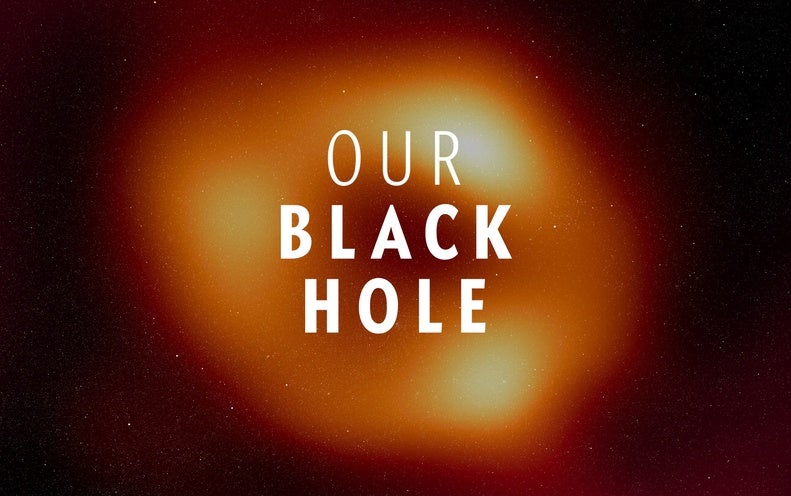
The first image of the supermassive black hole at the center of the milky way sagittarius a star was just released by astronomers. Technically, black holes are unseeable. They trap all light that falls in. That’s why photographing one is sort of a paradox. This is actually a picture of the black hole’s shadow—a dark circular silhouette set against the glowing matter surrounding the black hole.
The astronomers captured the image using a worldwide network of radio observatories called the Event Horizon Telescope, or the EHT.
The EHT uses a method called Very Long Baseline Interferometry, or VLBI. Basically this means that radio observatories around the world combine into a single virtual Earth-sized telescope.
It’s literally the highest resolution technique in all of astronomy. In April 2017, astronomers spent nights pointing these telescopes in unison at Sagittarius A* and other supermassive black holes in other galaxies.
That’s when they got the famous picture of the black hole at the center of the galaxy M87, which they released in 2019. M87 is 55 million light years away from us and contains the mass of six and a half billion suns.
That’s a lot.
Our black hole, Sagittarius A*, is much smaller but much closer. It’s the size of Mercury’s orbit around our sun and 26,000 light years from Earth. Because Sagittarius A* is smaller than M87, the shredded matter orbiting it circles it much faster. That means the appearance of the black hole changes constantly.
That’s also why it’s taken years to extract a clear image of Sagittarius A* from the petabytes of data collected during the 2017 observing run.
Think of it like taking a long exposure photograph of a dancer. Because the black hole changes more quickly, it’s more difficult to photograph. The astronomers say that in the future, as they add more observatories to the EHT, they’ll even be able to make movies of Sagittarius A*.
What would that look like? Videos of matter circling the drain before falling into the abyss.

